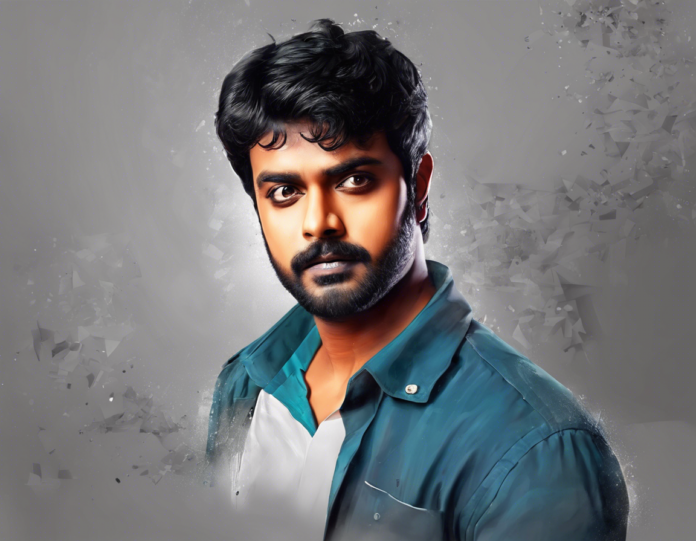The recent tragic accident involving Kannada actor Suraj Kumar has left his fans and the industry in shock. The incident has raised concerns about safety measures on film sets, highlighting the risks that actors and crew members face while working in the entertainment industry. In this article, we will delve into the details of what happened during the accident, the repercussions it has had, and the importance of prioritizing safety in film production.
The Accident
On [date of the incident], Suraj Kumar was filming a high-octane action sequence for his upcoming movie. The scene involved a car chase where Suraj was performing his stunts without a body double. Unfortunately, during the shoot, a technical malfunction occurred with the car he was driving, leading to a serious accident. Suraj sustained multiple injuries, including fractures and internal bleeding, and was immediately rushed to the hospital for emergency treatment.
Industry Response
As news of the accident spread, the Kannada film industry came together to express their support for Suraj Kumar and his family. Many actors, directors, and producers took to social media to send their prayers and best wishes for his speedy recovery. The incident also prompted discussions about the need for stricter safety protocols on film sets to prevent such tragedies in the future.
Safety Measures in Film Production
Safety should always be a top priority on any film set, especially when it comes to shooting stunts and action sequences. Production companies must ensure that proper safety measures are in place, including hiring qualified stunt coordinators, conducting thorough risk assessments, providing actors with necessary training, and using reliable equipment. Neglecting these precautions not only puts the cast and crew at risk but can also lead to costly delays and legal issues.
Key Safety Protocols:
- Stunt Coordination: Employ experienced and accredited stunt coordinators to plan and oversee all action sequences.
- Risk Assessments: Identify potential hazards and develop strategies to mitigate risks before filming begins.
- Actor Training: Provide actors with adequate training to perform stunts safely and effectively.
- Emergency Response Plan: Have a detailed plan in place for dealing with accidents or medical emergencies on set.
- Equipment Inspection: Regularly inspect and maintain all vehicles, props, and gear used in stunts to ensure they are safe for use.
The Impact of the Accident
Suraj Kumar’s accident serves as a sobering reminder of the dangers that come with working in the entertainment industry. It has sparked a conversation about the need for better safety regulations and oversight to protect the well-being of everyone involved in film production. While accidents can happen unexpectedly, taking proactive steps to enhance safety measures can significantly reduce the likelihood of incidents occurring on set.
Conclusion
The unfortunate accident involving Suraj Kumar has shed light on the importance of prioritizing safety in film production. As fans await updates on Suraj’s recovery, it is crucial for the industry to reflect on the incident and take concrete steps to improve safety protocols moving forward. By learning from this tragedy and implementing necessary changes, we can create a safer working environment for all film professionals.
Frequently Asked Questions (FAQs)
1. What are some common safety hazards on film sets?
- Some common safety hazards on film sets include trip hazards, electrical dangers, equipment malfunctions, and risks associated with stunts and special effects.
2. How can actors advocate for their safety on set?
- Actors can advocate for their safety on set by asking questions about safety measures, refusing to perform stunts they are uncomfortable with, and reporting any concerns to their union or production team.
3. Are there specific regulations governing safety on film sets?
- While there are industry guidelines and best practices for safety on film sets, regulations can vary by location. It is important for production companies to adhere to all relevant safety standards and laws.
4. What role do stunt coordinators play in ensuring safety during action sequences?
- Stunt coordinators are responsible for planning and executing complex action sequences safely. They work closely with directors, actors, and the production team to minimize risks and ensure that stunts are performed with precision.
5. How can film schools and training programs emphasize safety in their curriculum?
- Film schools and training programs can incorporate safety training modules into their curriculum, provide students with hands-on experience using safety equipment, and highlight real-life case studies to underscore the importance of safety in the industry.
